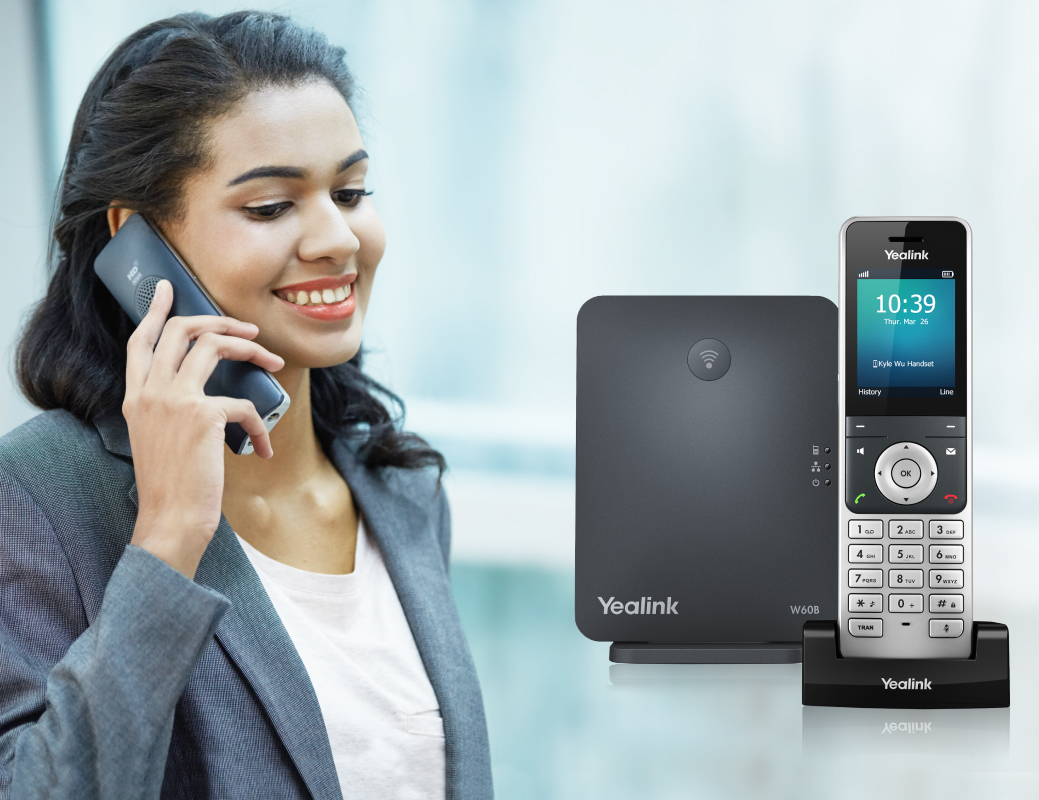Introduction
In today's fast-paced business environment, effective communication is paramount. Companies are increasingly evaluating their call management systems to enhance efficiency, reduce costs, and improve customer service. Two popular options in the realm of communication technology are VoIP (Voice over Internet Protocol) and traditional PBX (Private Branch Exchange). While both systems aim to facilitate voice communications, they do so in markedly different ways.
This article delves deep into understanding call management features in VoIP versus traditional PBX systems. We will explore the functionalities, advantages, and limitations of each technology while highlighting how businesses can leverage them for improved communication. So, buckle up as we navigate through the fascinating world of call management!
Understanding Call Management Features in VoIP Versus Traditional PBX
Call management features play a crucial role in how businesses handle incoming and outgoing calls. Both VoIP phone systems and traditional PBX have unique capabilities that cater to specific business needs.
What is VoIP?
VoIP (Voice over Internet Protocol) refers to the technology that enables voice communication over the internet instead of through traditional phone lines. This modern method has revolutionized how businesses communicate by providing a plethora of features at a fraction of the cost associated with traditional phone services.
Key Features of VoIP Phone Systems
- Cost Efficiency: One of the most significant advantages of using a VoIP phone system is its cost-effectiveness. Businesses can save on long-distance charges since calls are transmitted over the internet. Scalability: As your business grows, adding new lines or extensions to a VoIP system is typically straightforward. Advanced Call Management: VoIP offers advanced features such as voicemail-to-email transcription, call forwarding, and interactive voice response (IVR) systems. Remote Work Capabilities: With a stable internet connection, employees can use their VoIP phones from anywhere—eliminating geographical restrictions.
Understanding Traditional PBX
Traditional PBX systems are physical hardware-based solutions that manage incoming and outgoing calls within an office environment. These systems have served businesses for decades but come with certain limitations.
Key Features of Traditional PBX Systems
- Reliability: Many businesses trust traditional PBX due to its proven reliability in handling high call volumes without interruptions. Integration with Legacy Systems: Older companies may find it easier to integrate traditional PBX with existing hardware and software solutions. Local Control: Businesses manage their infrastructure onsite, which some organizations prefer for security reasons.
Comparative Analysis of Call Management Features
Understanding the nuances between these two technologies requires a detailed comparison based on various criteria:
| Feature | VoIP Phone Systems | Traditional PBX | |-----------------------------|----------------------------------|----------------------------------| | Cost | Lower operational costs | Higher maintenance costs | | Scalability | Easy to scale | Requires hardware upgrades https://soundcurve.com/voip-phone-service-encino-ca/ | | Advanced Features | Rich feature set | Limited advanced features | | Remote Accessibility | High; accessible from anywhere | Low; mostly limited to office | | Installation Time | Quick setup | Lengthy installation process |
Benefits of Using VoIP Phone Systems for Call Management
Improved Communication Quality- The digital nature of VoIP allows for clearer audio quality compared to analog signals used by traditional PBX systems.
- Employees can switch devices seamlessly between mobile phones, computers, and desk phones without losing functionality.
- Advanced reporting tools available in many VoIP systems provide insights into call patterns and employee performance metrics.
- Most VoIP phone systems easily integrate with CRM platforms and other business applications enhancing overall productivity.
Challenges Associated with VoIP Phone Systems
Despite their numerous benefits, there are potential downsides:
Dependence on Internet Connection- A stable internet connection is critical; outages can disrupt communication entirely.
- Cybersecurity risks exist as calls traverse the internet; thus employing robust security measures is essential.
- Call quality may degrade if bandwidth is insufficient or network congestion occurs during peak hours.
FAQs about Call Management in VoIP vs Traditional PBX
1. What is the primary difference between VoIP and traditional PBX?
The main difference lies in how calls are transmitted—VoIP uses the internet while traditional PBX relies on analog phone lines.
2. Can I integrate my existing equipment with a new VoIP system?
Yes! Most modern VoIP solutions allow integration with existing hardware but ensure compatibility before proceeding.
3. Are there any hidden costs associated with switching to a VoIP system?
While initial setup costs may seem low, consider ongoing expenses like internet service fees or potential upgrades needed for optimal performance.
4. How does remote work affect call management?
VoIP excels at enabling remote work since employees can access their business numbers from anywhere with an internet connection—unlike traditional PBX which may limit mobility.
5. Is customer support better with one system over another?
Customer support experiences vary by provider rather than by technology type; however, many users find cloud-based providers offer superior support due to continuous service availability.
6. How do I determine which system suits my business needs?
Assess your specific requirements concerning budget constraints, scalability needs, desired features like video conferencing or messaging capabilities before making a decision.

Conclusion
Choosing between a VoIP phone system and traditional PBX involves weighing various factors related to cost efficiency, scalability, reliability, and advanced call management features. Understanding these differences empowers businesses to make informed decisions that align with their communication goals while optimizing overall operational effectiveness.
As we move further into an increasingly digital future where remote work becomes commonplace—and as customer expectations evolve—businesses must adapt their communication strategies accordingly. Between VoIP phone systems' flexibility and traditional PBX's reliability lies a spectrum of choices designed to meet diverse organizational needs effectively.
Whichever route you choose—whether it's embracing innovative technologies like VoIP or sticking with tried-and-true methods like traditional PBX—the key takeaway remains clear: prioritize effective call management strategies that enhance productivity while delivering exceptional customer experiences!